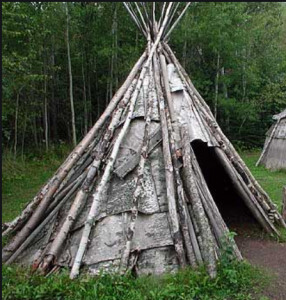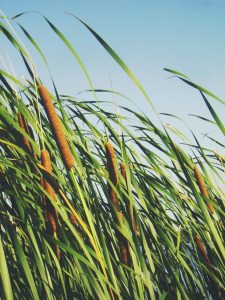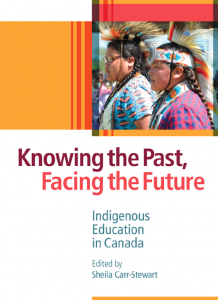M.1- P.5
I came across this article in a previous class and found myself revisiting it for this course. Castagno & Brayboy (2008) claim that Indigenous epistemology is left out of the traditional school framework. Indigenous students learn by seeing “the big picture and its meaning rather than the smaller parts that make up the whole” (Castagno & Brayboy, 2008, p.951). Schools break up this ‘whole’ by dividing students into classroom, disciplines, and often focus on student centred approaches and neglect that Indigenous knowledge focuses on community. To consider the socially responsible schooling for Indigenous youth that Castagno & Brayboy (2008) discuss, learning styles should be “hands-on, connect to real-life, [offer] direct experience, participation … be reflective [and] collaborative” (p.954). I am interested on HOW technology can mimic this type of existence.
Reference
Castagno, A. E., & Brayboy, B. M. J. (2008). Culturally responsive schooling for Indigenous
youth: A review of the literature. Review of Educational Research, 78(4), 941-993.
https://journals.sagepub.com/doi/full/10.3102/0034654308323036







